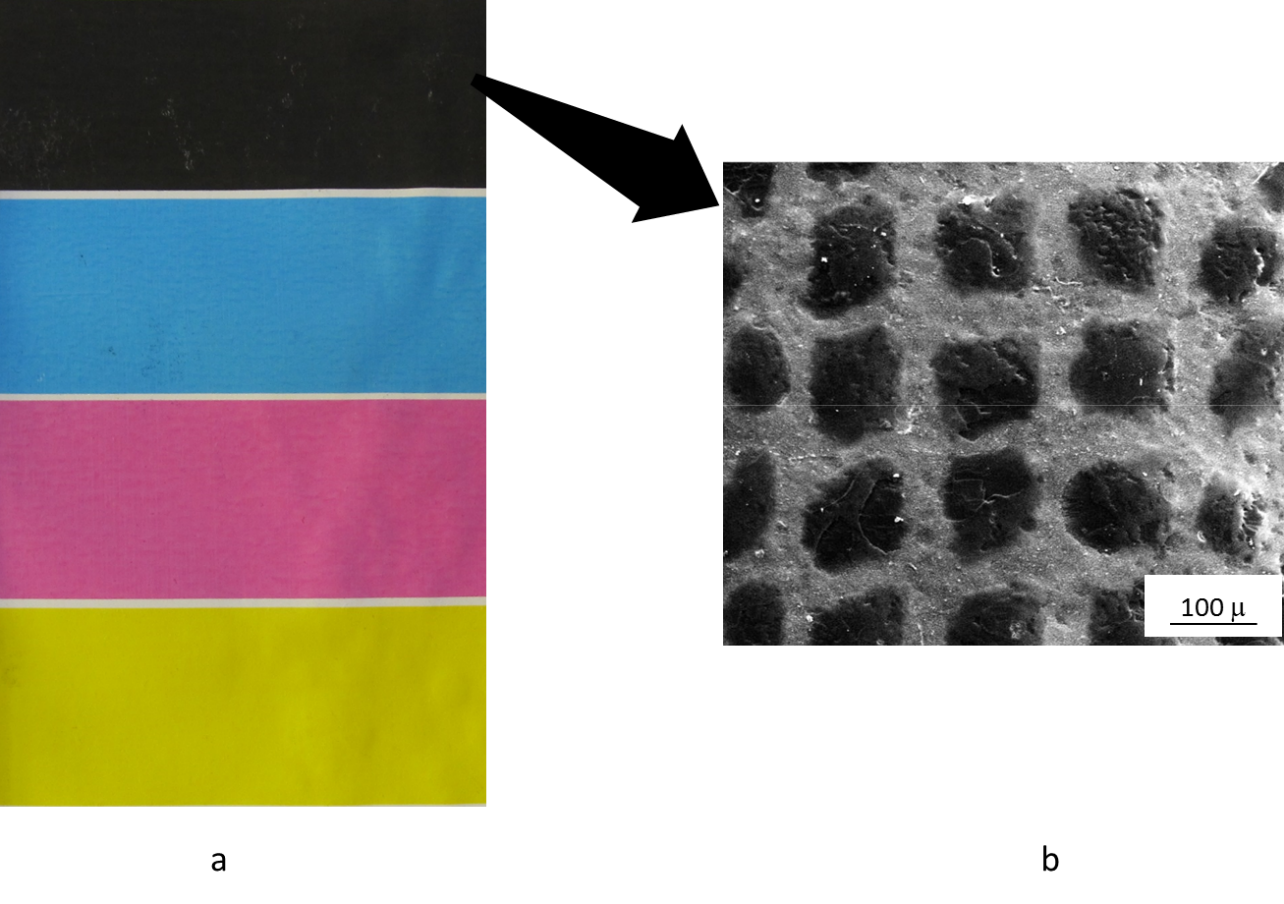High-performance printing inks for industrial digital printing are the goal of a joint research project between Printing Inks Technology GmbH (PIT GmbH) and the Fraunhofer Institute for Microstructure of Materials and Systems IMWS in Halle (Saale). In addition to precisely fitting ink systems that can be used to print paper, textiles or plastics, the project also aims to establish a universal evaluation system that will accelerate the development of new inkjet printing inks.


Whether packaging, books or labels: When something is printed, it is no longer done as it was in Gutenberg's day. Rather, the printing industry is also becoming more and more digital. Common processes such as offset printing are being replaced by new approaches that no longer require a fixed printing plate to apply the printed image to the substrate. These digital solutions are particularly suitable for the small quantities that are increasingly in demand, such as individualized and personalized prints. They also enable large-area printing with web widths of up to 2 meters at high printing speeds of up to 50 meters per minute with a resolution of 1200 dpi.
This performance capability of digital printing brings with it new challenges for the printing ink industry. The printing inks must be optimally designed for the new processes and offer the desired color brilliance, abrasion resistance, UV resistance or environmental compatibility. Last but not least, the manufacturers of printers and print heads want a guarantee that new printing inks for industrial digital printing will also fit their equipment and deliver the necessary quality.
In the joint research project, which will run until April 2022, PIT GmbH and the Fraunhofer IMWS want to develop precisely tailored solutions for this. "In particular, the focus is on the relationships between the formulation and composition of the printing inks, the physics of droplet formation using the latest generation of high-end print heads, and the resulting print image," says Dr. Sven Henning, who heads the project at the Fraunhofer IMWS.
PIT GmbH develops water-based printing inks for industrial digital printing, currently primarily for decor, wallpaper and packaging printing and also operates its own development laboratory. With its expertise in researching the flow properties of polymer melts, solutions, and micro- and nanoparticle-filled systems, the Fraunhofer IMWS can ideally support the company. "In the project, we want to gain a deeper understanding of structure formation processes during the solidification of complex liquids, as they also apply to printing inks. On this basis, the advantages of innovative inkjet printing inks can be evaluated more clearly in terms of processability, functionalization and reliability in the printing process, the print image achieved and long-term stability," says Henning. He assumes that insights gained in the project into structure formation processes, as they occur during the application and drying process of inkjet printing inks, can also be transferred to polymer-based 3D printing or digitally printed material systems in the development of novel biomedical materials, on which the institute is also working.
The project team focuses on structure-property relationships between printing ink composition on the one hand and printing-relevant physical properties (viscosity, density, surface tension) on the other. A universal imaging test and evaluation system developed by the partners in the course of the project enables targeted and rapid optimization of the droplet formation properties of the printing inks in the respective print head. The benefit is a shortening of the development times for new printing ink systems that meet customers' requirements by quickly ruling out imaging errors while still obtaining the new properties in the development laboratory. Another aspect of the collaboration is to improve the quality and service properties, such as adhesion to the substrate and abrasion and rub resistance of the printed inks. This is achieved under practical conditions by investigating the interaction between the surfaces to be printed (such as papers, textiles or polymers) and the ink systems specially developed for this purpose.